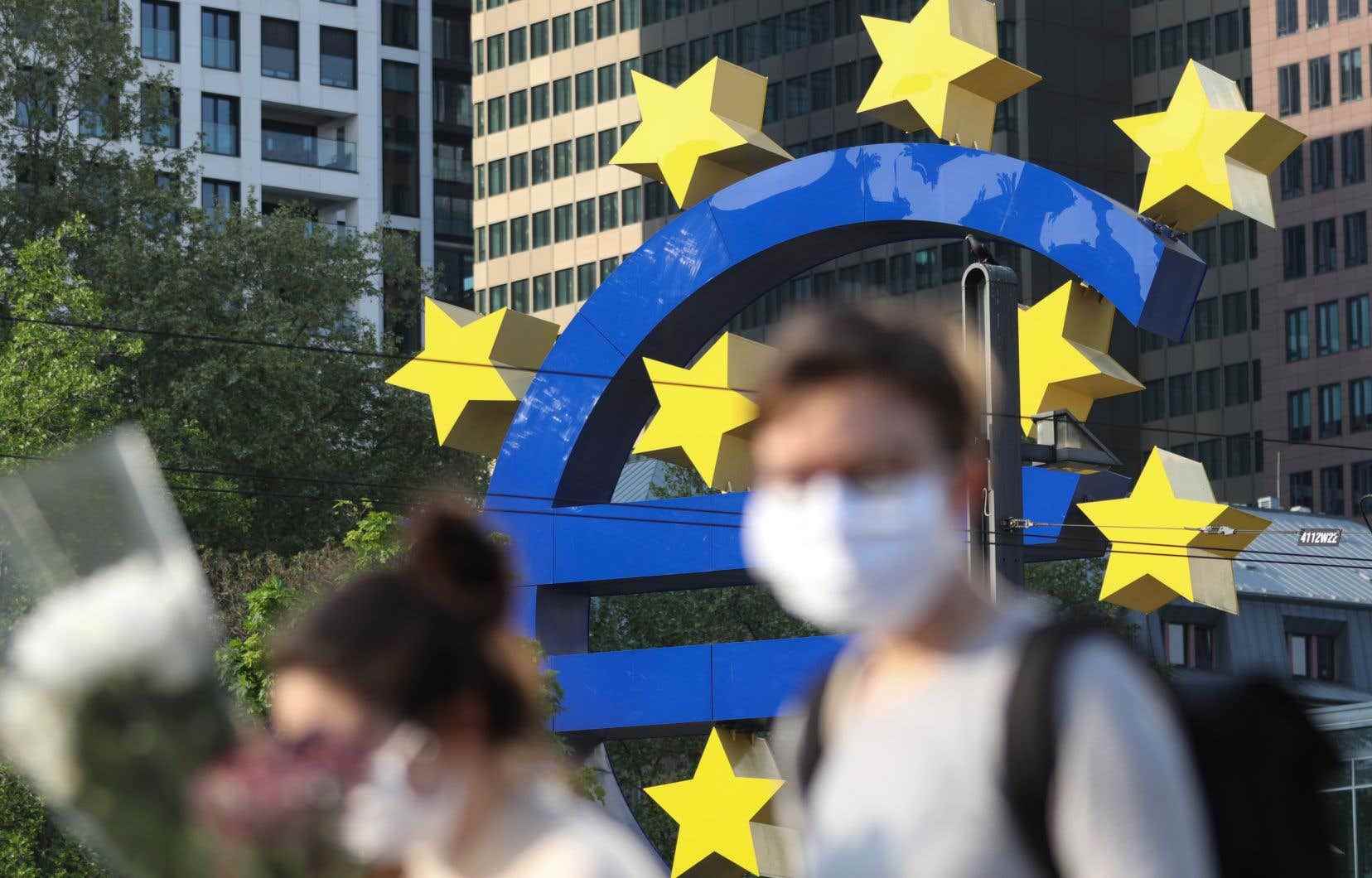The war in Ukraine and Western sanctions against Moscow propelled European inflation to a new high in June, bad news for households now facing soaring food prices in addition to energy.
The inflation rate in the 19 countries sharing the single currency stood at 8.6% over one year in June, after 7.4% in April and 8.1% in May, Eurostat announced on Friday. These figures are the highest recorded by the European statistics office since the start of the publication of the indicator in January 1997.
Consumer price inflation has hit record highs every month since November, even though last year it was seen as a temporary phenomenon linked to the strength of the economic recovery from the pandemic shock and chain disruptions logistics.
The invasion of Ukraine by the Russian army at the end of February and the Western economic sanctions against Moscow are exacerbating the surge in prices and raising fears of a sharp drop in gross domestic product (GDP) growth.
Now, “Europeans are struggling to feed themselves,” said Philippe Waechter, chief economist for Ostrum Asset Management.
“Historically, we have never had such a high figure on the contribution of food, it will weigh very heavily”, he explained to AFP, referring to the increase in the price of cereals and oils used in the processed products.
The strengthening of inflation always primarily affects the energy sector (electricity, oil, gas, etc.). This component of the price index jumped 41.9% over one year in June, after 39.1% in May.
But the increase in food prices (including alcohol and tobacco) also accelerated to 8.9%, against 7.5% in May.
Mr. Waechter is worried about a major risk for the economy, with households forced to tighten their belts. “At some point, the consumer is forced to arbitrate: he needs his gasoline to go to work and cuts in other expenses, which creates a negative shock for the activity”.
“Dark Prospects”
In May, Brussels lowered its gross domestic product (GDP) growth forecast for the euro zone in 2022 by 1.3 points to 2.7% and increased its inflation forecast by 3.5 points to 6. 1%, compared to the figures announced on February 10 before the start of the Russian offensive.
The situation could get even worse, if Moscow decides to completely cut off the gas tap to Europe in response to Western sanctions.
“The outlook for the rest of the year is bleak,” warns Pushpin Singh, economist for the Cebr research center.
“The current gas shortages, caused by the reduction of Russian exports, have led Germany and the Netherlands to activate their emergency plans to limit (energy) consumption. In the event of a supply disruption, cuts will be imposed on the industry and will cause a drop in manufacturing production,” he predicts.
Inflation in the euro zone is well above the objective of a level close to 2% set by the European Central Bank (ECB). The institution is therefore preparing in July to raise its interest rates for the first time in eleven years, at the risk of further slowing growth.
This prospect has raised the risk of a debt crisis in the euro zone, with growing gaps between the interest rates demanded of the States of Northern and Southern Europe to borrow and finance their deficits.
The ECB will go “as far as necessary” to fight against inflation which should remain “excessively high for some time to come”, warned Tuesday the president of the institution, Christine Lagarde.
France is relatively less affected than its European neighbors, with 6.5% inflation in June, the second lowest rate in the euro zone behind Malta (6.1%), according to the consumer price index. consumption (HICP) calculated by Eurostat.
Inflation reached 8.2% in Germany. The highest rates are recorded in the Baltic States: 22% in Estonia, 20.5% in Lithuania and 19% in Latvia, countries bordering Russia, particularly exposed to the severance of commercial ties with Moscow.
